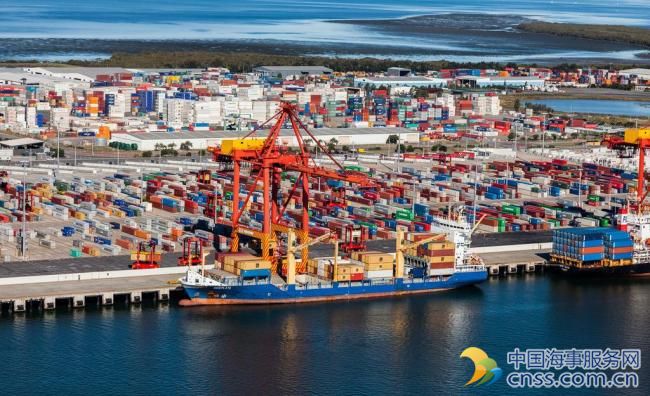The consequences of excluding consequential loss

Most commercial contracts contain provisions limiting liability or excluding certain categories of liability for breach of contract. More often than not, you will find one or both parties seeking to exclude liability for “consequential loss”.
Time and time again, in breach of contract cases, the courts have to decide what exactly the parties meant by that phrase. Was the loss that was suffered a consequential loss and therefore not recoverable by the innocent party?
This blog is about one such case. The English Commercial Court was considering an exclusion of “consequential or special losses” in a ship-building contract.
What was the background?
Star Polaris bought a ship from a ship-builder. Seven months after delivery, the ship suffered serious engine failure.
The liability provisions of the contract contained the following:
-a 12-month guarantee against defects caused by specified maters e.g. defective materials, design error, etc.
-an obligation on the ship-builder to remedy any such defects by repair or replacement;
-an exclusion of liability for consequential or special losses, damages or expenses;
-a statement that the guarantee replaced and excluded any other liability of the ship-builder.
The buyer claimed damages for:
-the cost of repairing the ship;
-towage fees, survey fees and other costs that it incurred as a result of the engine failure;
-diminution in value of the ship.
What did the court decide?
The buyer could claim the costs of the repair works.
The remaining losses claimed fell within the consequential loss exclusion and were not recoverable. The ship-builder’s liability did not extend beyond the obligation to remedy the physical defects.
Why did the court decide this?
In many previous cases, courts have held that “consequential loss” does not mean loss which directly and naturally results from a breach of contract. Rather, “consequential loss” means loss which is indirect or more remote.
The buyer wanted the court to follow this line of cases. It argued that its losses were direct losses and that the exclusion of consequential loss did not cover these.
The court, however, found that the parties intended the phrase “consequential or special losses” to mean something different from the well-recognised meaning. Here, it was being used in a “cause and effect” sense, i.e. it meant all losses caused as a result or consequence of the breach.
The language of the clause created a wider effect of excluding all financial losses over and above the cost of repair and replacement of the physical damage.
In coming to this conclusion, the court did not only look at what liability was excluded; it also took into account the liability that the ship-builder had agreed to accept. The contract provided a “complete code” for the determination of the ship-builder’s liability.
What can I take away from this case?
It goes without saying that exclusion and limitation clauses should be drafted in as clear and unambiguous a way as possible. This is easier said than done.
This case does not set out any new principles of law, or any magic formula for drafting these kinds of clauses. It does, however, confirm that where there are exclusion clauses in commercial contracts between sophisticated parties, the wording will be given its ordinary meaning having regard to the context in which it is set.
If you are drafting or reviewing a commercial contract, it is not safe to assume that an exclusion clause that has been used in a previous contract will be interpreted in the same way in a different contract. It will all depend on the context.
It is worth trying to draft your contract so that it clearly sets out a complete code of damages if things go wrong. Think about what losses may arise in the event of a breach of the particular contract. Be clear about what liability is accepted and what remedies are to be provided and exclude everything else.
Source: Brodies LLP
HEADLINES
- Do shipping markets want Biden or Trump for the win?
- All 18 crew safe after fire on Japanese-owned tanker off Singapore
- Singapore launching $44m co-investment initiative for maritime tech start-ups
- Cosco debuts Global Shipping Industry Chain Cooperation Initiative
- US warns of more shipping sanctions
- China continues seaport consolidation as Dalian offer goes unconditional